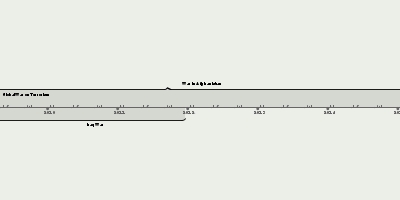17 jun 1930 ano - Smoot–Hawley Tariff Act
Descrição:
The Tariff Act of 1930, also known as the Smoot–Hawley Tariff Act (Pub. L. 71–361, 48 Stat. 590), was a protectionist trade measure signed into law in the United States by President Herbert Hoover on June 17th, 1930. Named after its chief congressional sponsors, Senator Reed Smoot and Representative Willis C. Hawley, the act raised tariffs on over 20,000 imported goods in an effort to shield American industries from foreign competition during the onset of the Great Depression, which had started in October 1929.Hoover signed the bill against the advice of many senior economists, yielding to pressure from his party and business leaders. Intended to bolster domestic employment and manufacturing, the tariffs instead deepened the Depression because the U.S.'s trading partners retaliated with tariffs of their own, leading to U.S. exports and global trade plummeting. Economists and historians widely regard the act as a policy misstep, and it remains a cautionary example of protectionist policy in modern economic debates. It was followed by more liberal trade agreements, such as the Reciprocal Trade Agreements Act of 1934.
In its annual forecast supplement for the global economy that was published in November 2024 ('Year Ahead' for 2025), The Economist observed that [in the wake of the Tariff Act] "... global trade fell by two-thirds. It was so catastrophic for growth in America and around the world that legislators have not touched the issue since. 'Smoot-Hawley' became synonymous with disastrous policy making".
The tariffs announced on April 2, 2025, which could raise tariff levels higher than the rates during the Smoot–Hawley Tariffs, brought renewed attention to the Smoot–Hawley Act.[
Adicionado na linha do tempo:
Data:
17 jun 1930 ano
Agora
~ 95 years ago
